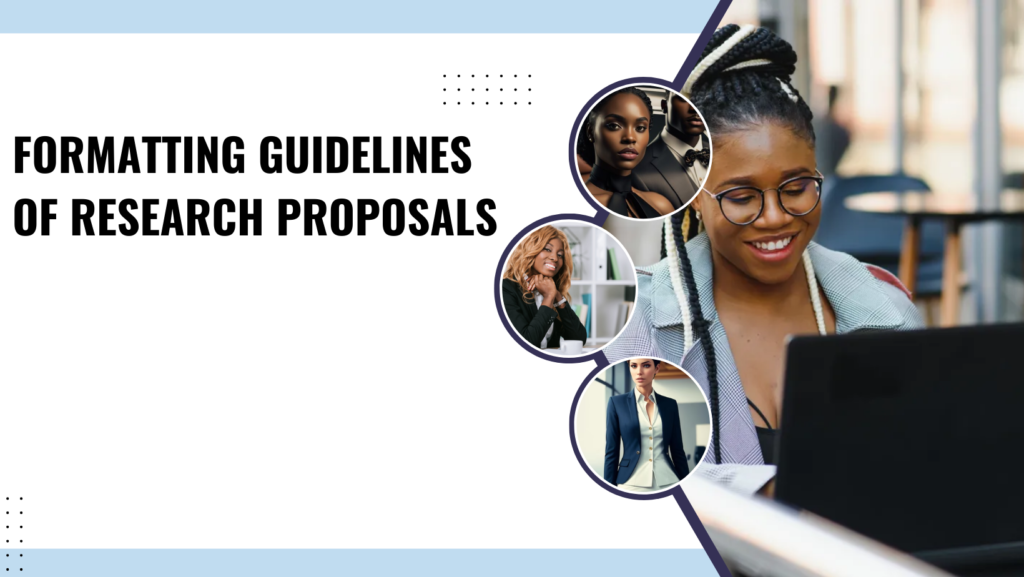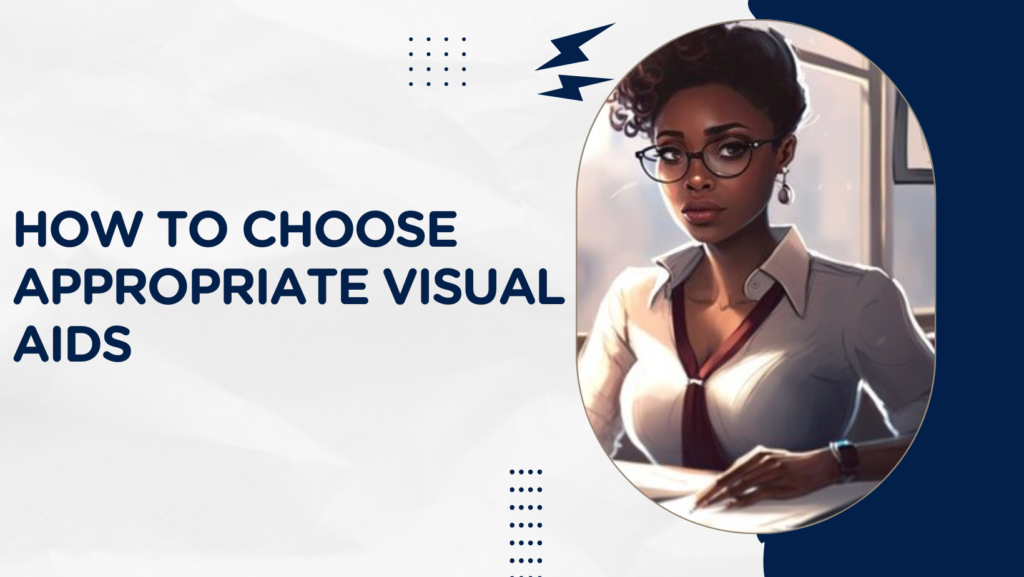
Menu
Facebook-f
Twitter
Google-plus-g
5 Major Sections in Writing an Abstract
5 Major Sections in Writing an Abstract
1. Background and Purpose
The background and purpose section of an abstract serves as an introductory paragraph that contextualizes the research study. It begins by identifying the research topic or subject area and briefly discussing its significance within the field. This establishes the relevance of the study and provides a rationale for why the research was conducted.
For example, in a study on “The Impact of Social Media on Adolescent Mental Health,” this section would outline the rising prevalence of social media use among adolescents and the potential implications for mental health outcomes. It may cite statistics or previous research highlighting concerns or gaps in understanding the relationship between social media usage and mental well-being.
Moreover, this section articulates the specific objectives or aims of the study. It clarifies the research questions or hypotheses that guided the investigation. For instance, it might state that the study aimed to explore the correlation between daily social media exposure and symptoms of anxiety among adolescents.
2. Methods
The methods section of an abstract serves as a brief yet comprehensive overview of how the research study was conducted. It begins by describing the research design employed, whether it was experimental, observational, qualitative, quantitative, or a combination of methods. For example, in a qualitative study exploring perceptions of social media impact on mental health, the methods section would specify the use of semi-structured interviews with adolescents.
Additionally, this section outlines key details about the participants or sample involved in the study. It may mention demographic information such as age, gender, and other relevant characteristics of the sample population. For instance, it might specify that the study included adolescents aged 13-18 from urban school settings.
Furthermore, the methods section briefly describes the data collection procedures utilized in the study. This includes mentioning the instruments or tools used for data collection, such as surveys, interviews, or observational protocols. It also discusses any ethical considerations or approvals obtained for conducting the research with human subjects.
Moreover, the analytical techniques or methods of data analysis are summarized in this section. Whether the study employed statistical analyses, thematic coding, or other analytical approaches, this information provides insights into how the researchers interpreted the data to answer the research questions or test the hypotheses.
3. Results
The results section of an abstract provides a condensed summary of the primary findings derived from the research study. It begins by outlining the key data points or results that emerged from the data analysis. For instance, in a study examining the relationship between social media use and anxiety levels among adolescents, this section would highlight specific findings such as a statistically significant correlation between increased social media exposure and higher self-reported anxiety symptoms.
Moreover, the results section may include quantitative data, qualitative findings, or both, depending on the nature of the study. It briefly mentions any statistical analyses conducted to support the findings, such as p-values or effect sizes that indicate the strength of relationships observed in the data.
Additionally, this section summarizes significant trends or patterns identified in the study. It may mention recurring themes from qualitative data analysis or trends observed across different variables in quantitative studies. For example, it might highlight variations in anxiety levels based on different types of social media platforms used by adolescents.
Furthermore, the results section avoids interpretation or discussion of implications, focusing solely on presenting the empirical findings of the research. It provides a factual overview of what the study discovered, allowing readers to grasp the core outcomes without delving into detailed data tables or figures.
4. Discussion
The discussion section of an abstract interprets and contextualizes the findings presented in the results section. It begins by analysing the significance of the results obtained from the study. For example, in a research paper on social media and adolescent mental health, this section would interpret findings such as the implications of increased social media use on anxiety levels among adolescents.
Moreover, the discussion compares the study’s findings with existing literature in the field. It highlights similarities, differences, or contradictions between the current research and previous studies. This comparative analysis provides insights into how the study contributes to filling gaps in knowledge or confirming existing theories.
Additionally, the discussion section addresses the broader implications of the findings. It may discuss practical implications for interventions, policy recommendations, or future research directions based on the study’s results. For instance, it might suggest strategies for promoting healthy social media use among adolescents to mitigate potential negative effects on mental health.
Furthermore, this section reflects on the limitations of the study. It acknowledges any constraints or challenges encountered during the research process that may have affected the findings’ validity or generalizability.
Lastly, the discussion section concludes by summarizing the overall contribution of the study to the field. It emphasizes the significance of the research findings and underscores their relevance for advancing knowledge, informing practice, or influencing policies related to the study topic.
5. Conclusion
The conclusion section of an abstract serves as a closing paragraph that summarizes the key points and significance of the research study. It begins by restating the main findings or outcomes discussed in the results section. For example, it might reaffirm the study’s findings on the relationship between social media use and adolescent anxiety levels.
Moreover, the conclusion section briefly discusses the implications of the findings for theory, practice, or policy. It reiterates any recommendations or suggestions mentioned in the discussion section regarding interventions, policies, or further research directions.
Additionally, this section reflects on the broader significance of the study within its field of research. It emphasizes how the study contributes to advancing knowledge, addressing gaps in the literature, or confirming existing theories.
Furthermore, the conclusion may highlight the study’s strengths, such as innovative methodologies used or novel insights gained from the research. It also acknowledges any limitations or challenges encountered and their potential impact on interpreting the findings.
Lastly, the conclusion of the abstract leaves the reader with a final thought, emphasizing the study’s overall contribution to the field and its potential implications for future research, practice, or policy development.
Conclusion
In conclusion, structuring an abstract into these five major sections—background and purpose, methods, results, discussion, and conclusion—is crucial for effectively summarizing a research study. Each section serves a specific purpose in providing context, describing methodology, presenting findings, interpreting results, and summarizing significance. By following this structured format, researchers can ensure that their abstracts communicate the essence of their research clearly and comprehensively to their intended audience. This approach not only enhances the readability and impact of the abstract but also facilitates understanding and engagement with the research study among readers and scholars alike
Address List
-
Makerere Hill Road, Ham Towers -
+256-703947778 -
info@professionalwriters.shop
Social Networks
Links List
Professional Writers Inc.
Turning Ideas Into Reality
Online Research Writing Training [Free]

































